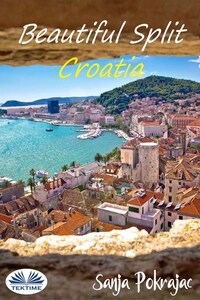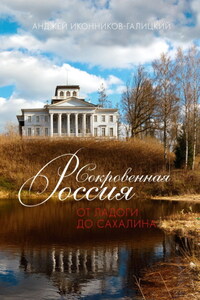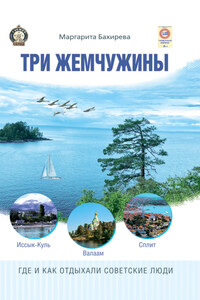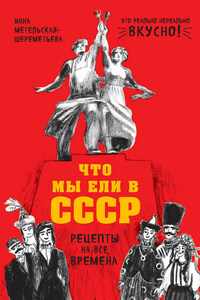Split is one of the most fascinating and most visited cities in the Mediterranean. It attracts many tourists from all over the world for the hospitality and excellent homemade cuisine that it offers, for its historical architecture, sacred art, nightlife and of course for the sea amusements. The biggest attraction has always been the famous Diocletian's Palace and its Roman architecture which directly overlooks the port of Split and represents a small city within the city, built with marble and white stone. Inside there is a real labyrinth surrounded by 26 meters high ancient walls where religious structures such as the Cathedral of San Domnio – Katedrala Svetog Dujma (Katedrala ssvetogh Duima) and in the north the miniature of the church of San Martino, Crkva Svetog Martina (Tsrkva Ssvetogh Martina) are preserved. There are four doors along the perimeter walls of the Palace. The center of Split is the peristyle of this ancient Palace represented by the central square of the Palace around which, in ancient times, there were several temples built in honor of the emperor Diocletian. Visiting it even today you can imagine its magnificence of those times.
A must see is the Croatian Maritime Museum-Pomorski muzej (Pomorsski museums) located in a 19th century building in the fortress of Gripe (Grippe), Ethnographic Museum inside the Diocletian Palace and the Art Museum of the famous Croatian sculptor Meštrović (Meshtrovich). Not far from the center there is also the Archaeological Museum with its finds from the Prehistoric, Medieval and Early Christian Eras. You do not want to miss the Museum of the city of Split located in a Gothic palace of the 15th century that summarizes the whole history of this city. And finally, to get to know Split and Dalmatia using the senses just visit the Museum of the Senses which offers attractions that erase the limit between the real and the imaginable.
Absolutely not to be missed is the hill of Marjan (Marian) with its gardens and terraces from where the panoramic view of the city and the sea is truly breathtaking.
For outdoor activities, the mountain Mali Kozjak (Mali Kosiak) at 1207 m altitude is very well-known. It is located above the Castles City of Split.
Walking through the alleys of Split you will surely notice the large statue of St. Gregory, Sveti Grgur (SSveti Grghur) which represents the Saint as well as the protector of the Croatian Catholic Church. The story says that it is enough to touch the big toe of the Saint's foot to get one wish fulfilled.
The famous beaches of Split are Bačvice (Bacivitse), Ježinac (Iejinats), Žnjan (Jgnan) and Firule (Firulle).
Excursions and day trips to visit the islands of Brač (Braci), Šolta (Sholta) or Hvar (Hvar) with the famous Blue Cave are also organized very often. You have to absolutely visit the magnificent Plitvice Lakes (Plitvitse) and the Krk Waterfalls National Park.
In the nearby you will find the charming town of Trogir (Troghir) all in stone, elected World Heritage by UNESCO and the beautiful beaches in its surroundings.
The 12 km rafting on the richest water river in Dalmatia, Cetina (Tsettina) is also exciting.
Not far away, even if it is in the State of Bosnia and Herzegovina, there are the beautiful Kravice waterfalls (Kravitse), the city of Mostar, full of Ottoman-style bazaars and its famous bridge, symbol of the city of the last wars in the Balkans and Medjugorje (Megiughorie), and the religious site where the Virgin Mary appeared and that is visited by many faithfuls from all over the world.
The capital of Croatia is Zagreb (Saghreb). The Dalmatian climate is Mediterranean with mild winters and average annual temperatures around 15 Celsius degrees. Dalmatia is a geographical region located on the east coast of the Adriatic Sea. In the northern Croatian plains the climate is continental. Unlike in the northernmost sea area of Rijeka and Istria, summer storms in Dalmatia are much rarer. The religion is predominantly Christian Catholic. Croatia is part of the European Union and the local currency is the Kuna. All European phone cards are normally used in Croatia at no additional costs.
A large number of Croatian restaurants offer a wide selection of spirits produced in their cellars. Excellent grappas are made of vines, lozovača (lòsovacia), pears, viljamovka (vìgliamovka), apples, jabukovača (iàbukovacia), herb grappa, travarica (tràvariza), or quinces, dunjevača (dùgnevacia). There are also many excellent red and white wines such as Malvazija (Malvasia), Dingač (Dinghaci), Pošip (Poship), Muškat (Mushkat) Merlot, Rizling (Risling), Pinot Nero, Sauvignon, Cabernet and many others. Croatian wines are highly awarded in many world events and are perhaps better described by the words of a Croatian producer who said: "If you respect the grapes in the vineyard, the grapes will respect you in the bottle."













